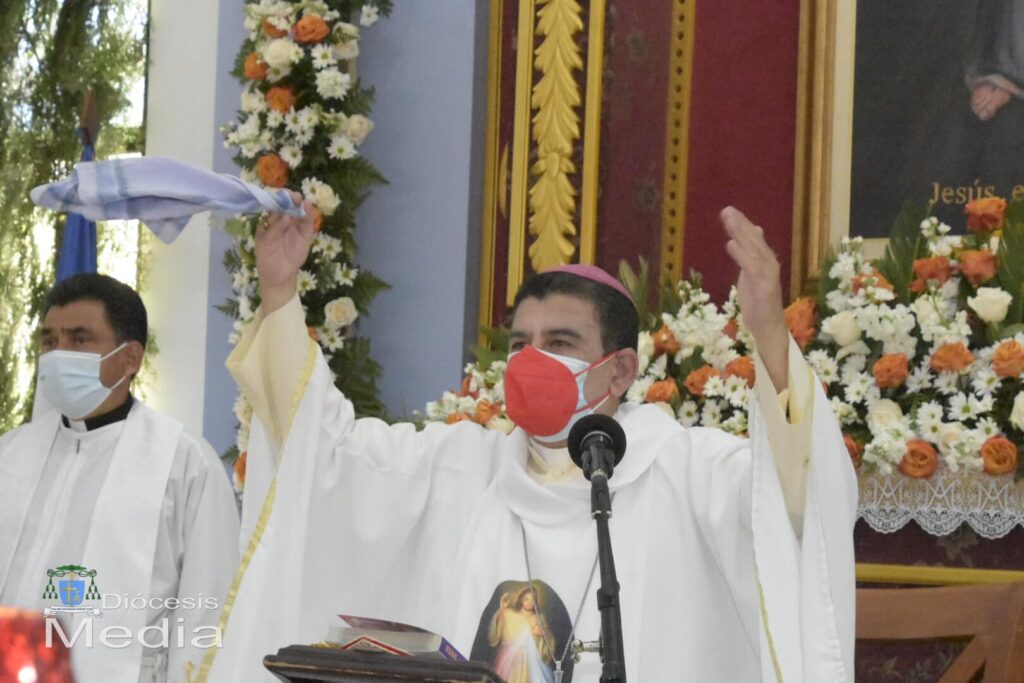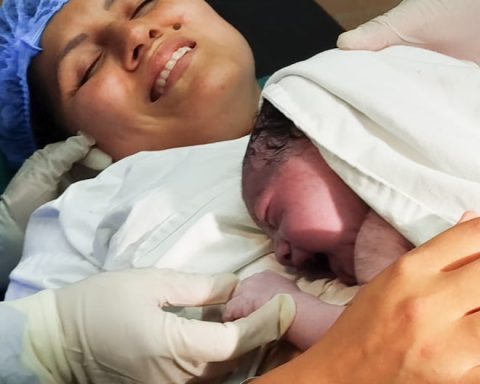Despite the fact that the country’s education system includes part of the (lower) secondary education within basic education, aiming at compulsory education in an attempt to curb school dropouts, access to this stage of academic training is still very limited.
In this sense, the gaps in attendance between lower and upper secondary (Middle Level) widen in favor of men, while women continue to be the most affected by the lack of access to higher school levels, revealed the report ” Diversification of the structure of secondary schools and educational segmentation in Latin America”, from The Economic Commission for Latin America and the Caribbean (ECLAC).
Economic inequalities also exacerbate the limited access to secondary education. Thus, the Cepal report revealed that the net secondary school attendance rate increases according to the amount of income and reaches 96% in quintile V (richest), but only 89% in quintile 1 (lower sector). .
Regarding the completion of this school stage, ECLAC data indicated that while 79% of those enrolled manage to complete lower secondary school, only 64% complete upper secondary school (Middle Level).
Again, in the differences by household income quintile, the gaps in completion between lower and upper secondary are always more pronounced among the adolescent population of households located in the first income quintile, compared to the population of the highest quintile. . These inequalities are greater in Paraguay, Brazil and Uruguay.
SYSTEM CANNOT GUARANTEE PERMANENCE OF STUDENTS
Karina Hugo, specialist in education, creator of pedagogical models and director of the “Las Margaritas” Educational Center; She recalled that the limited access to secondary education and the high dropout rates are due to the socioeconomic inequalities that subject the country.
“The highest dropout rate occurs precisely in high school, because the basic needs of the boys are not covered, who have to leave at a very early age to work. That is the fundamental reason”, he stressed.
In addition, Hugo added that in search of a transformation of the educational model it is essential to “enrich and diversify” the secondary offer of Paraguay.
“We have types of high schools that are not linked to trades, we only see those offers in technical colleges, which are very few in the country. That type of educational offer is not attractive enough to keep kids in school”, he mentioned.
In fact, the ECLAC report indicated that students from poor households or from the lowest income quintiles represent a smaller portion of the enrollment in technical orientation than in scientific orientation.
“Education is not giving the boy that north that he needs in the vocational area and, also, in the field of a specific job opportunity that is related to his personal interests and desires,” he said.
BRIDGE BETWEEN EDUCATION AND WORK
Finally, the education specialist stressed the need to, in addition to diversifying the offer of the secondary stage, create a kind of “bridge” between the Ministry of Education and Sciences and the Ministry of Labor.
“This initiative has to be given so that the boys who are graduating from high school truly have a direct job opportunity. The project has to be given through programs and agreements with private companies”, he stated.
The expert concluded that “the world, thanks to the Internet, is changing and our country is not prepared to face the new challenges. We have to unlock technological education to provide students with quality training.”
Karina Hugo, education specialist


















